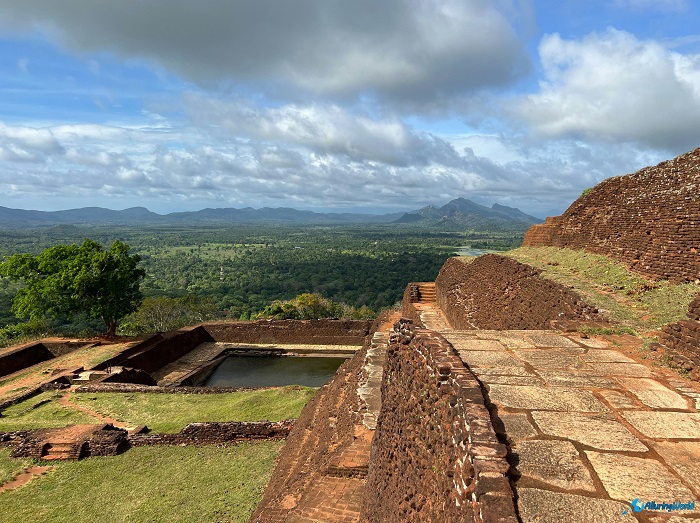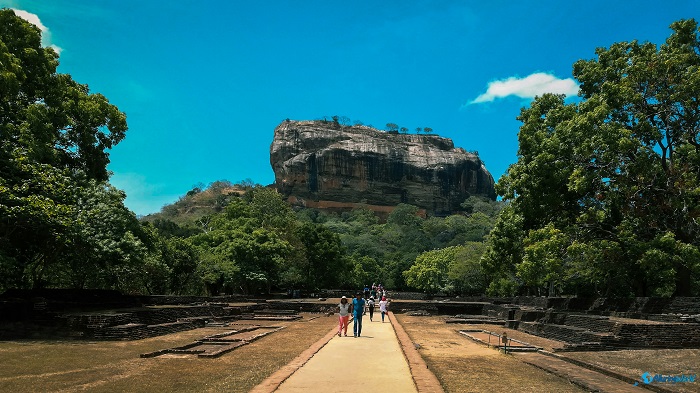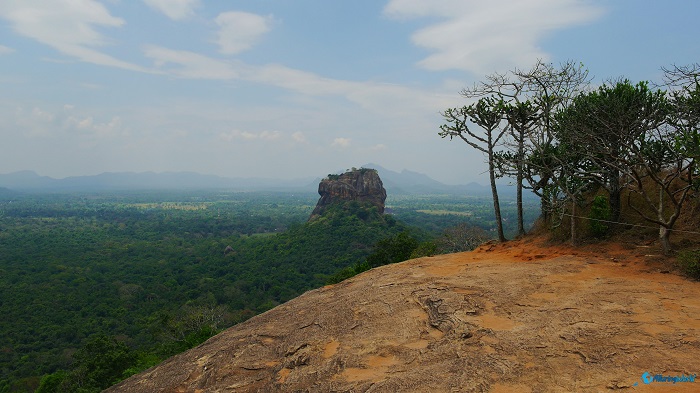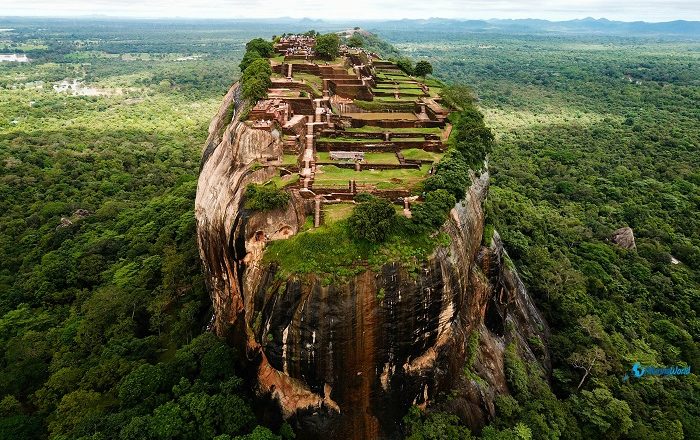Sigiriya is an ancient rock fortress that served as a historic palace, and today it is located in the central Matale District near the town of Dambullam, which is part of the Central Province, within the central part of the Democratic Socialist Republic of Sri Lanka. As this fantastic place refers to a site of great historical and archaeological significance to the nation, it is dominated by a massive column of rock nearly 200 m (660 ft) high that can be visited nowadays.
ADVETISEMENT
The story of Sigiriya is the tale of King Kasyapa, who ruled between 477 and 495AD. A troubled but visionary king, Kasyapa, murdered his father by plastering him up against a wall. Rejected by his people for his crime and tormented by guilt, he abandoned his magnificent capital of Anuradhapura and fled deep into the forests of central Sri Lanka.
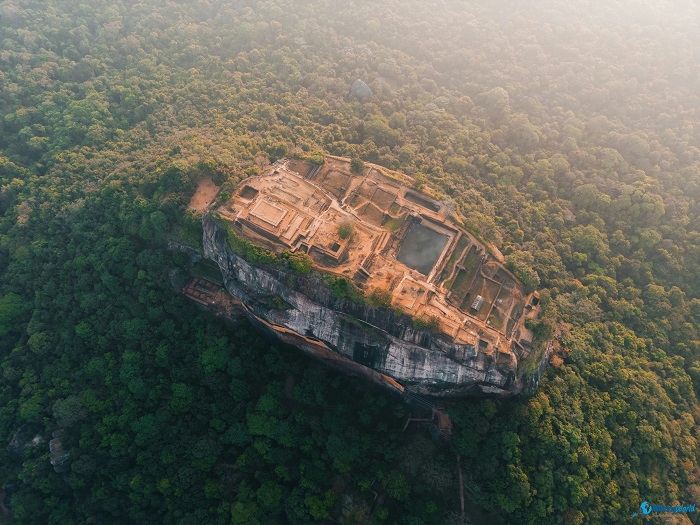
There, in an area dominated by a menacing black column of rock, he built himself a new capital resplendent with lush gardens, palaces, and pavilions. He transformed the sinister-looking black rock to appear like a huge, dazzling white cloud and painted it with beautiful frescoes of semi-naked nymphs. He also built a massive gatehouse in the form of a lion to guard the entrance to the inmost sanctum of his city, the Sky Palace on top of the rock. Hidden from view and surrounded by his courtiers and harem, Kasyapa lived in splendid isolation.
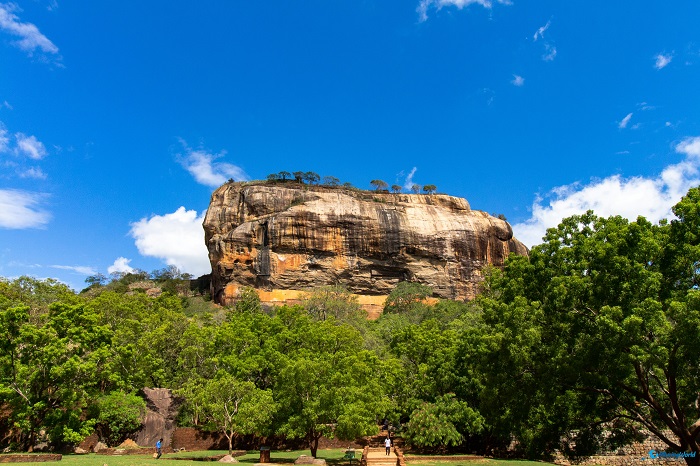
He was, however, deeply troubled by his responsibility for the death of his father. He carried out many good works and observed his religious duties diligently, hoping, no doubt, to find some salvation for his troubled conscience. Finally, betrayed by those he trusted, he committed suicide. The site chosen for the capital was a foreboding place indeed; teeming with wild elephants, poisonous snakes, leopards, bears, mosquitoes, hornets, and other vermin. Kasyapa was fortunate.
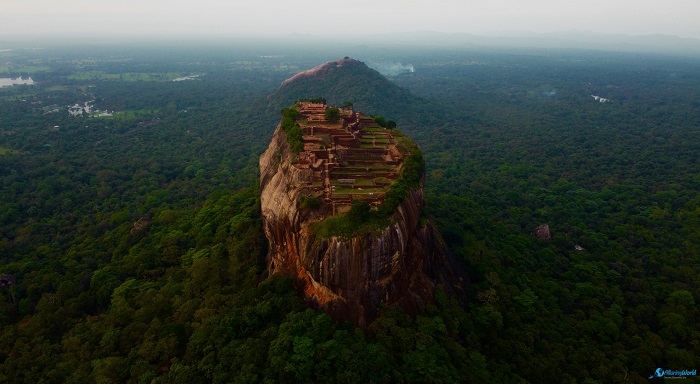
He was the king of a extremely prosperous kingdom. He also had a considerable workforce of highly skilled laborers and artisans to do his bidding. An army of over a hundred thousand men, thousands of bullocks, and many hundreds of elephants toiled for years to build a magnificent new city in the forest. The pièce de résistance of the new city was the rock itself. It was the centerpiece of the entire city. Kasyapa and his architects built a royal citadel with ramparts and moats and lavish gardens, ponds, and fountains around this looming black rock.
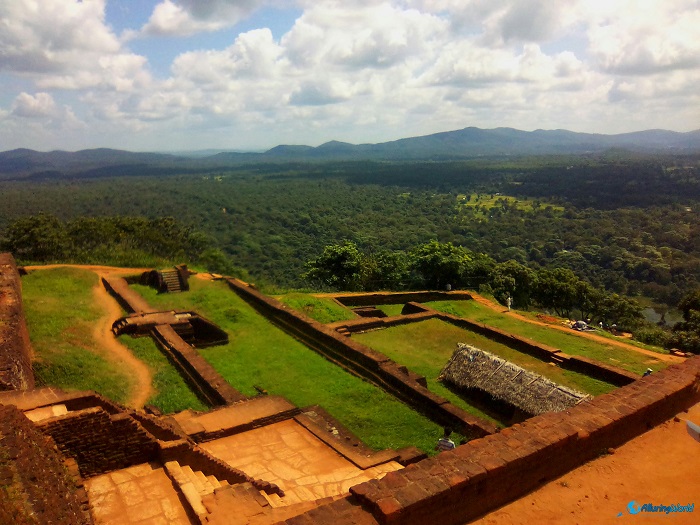
Upon Kasyapa’s death, the royal capital was moved back to Anuradhapura. The magnificent Sigiriya Citadel was stripped of its treasures and converted into a Buddhist monastery. Over the ensuing centuries, it was progressively abandoned and then finally completely deserted. Slowly, it was consumed by the forests and disappeared into the mists of time. In 1831, Major Jonathan Forbes of the 78th Highlanders of the British army, while returning on horseback from a trip to Pollonnuruwa, encountered the “bush-covered summit of Sigiriya”.
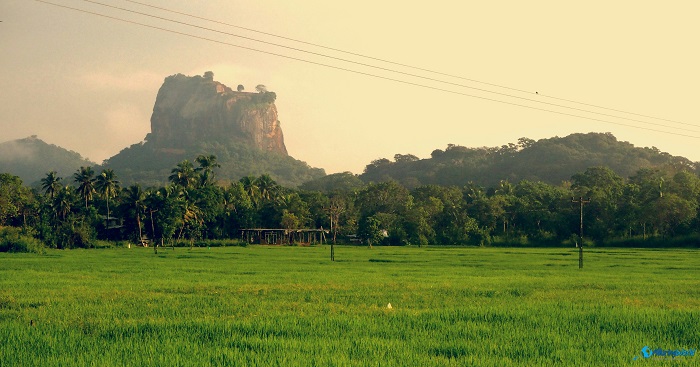
Sigiriya came to the attention of antiquarians and, later, archaeologists. Archaeological work at Sigiriya began on a small scale in the 1890s. H.C.P. Bell was the first archaeologist to conduct extensive research on Sigiriya. The Cultural Triangle Project, launched by the Government of Sri Lanka, focused its attention on Sigiriya in 1982. Archaeological work began on the entire city for the first time under this project. There was a sculpted lion’s head above the legs and paws flanking the entrance, but the head collapsed years ago.
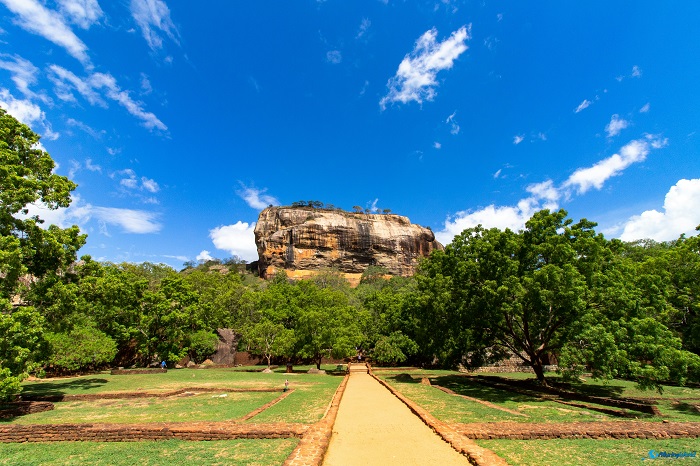
Nowadays, the Sigiriya site contains the ruins of an upper palace located on the flat top of the rock, a mid-level terrace that includes the Lion Gate and the mirror wall with its frescoes, the lower palaces located behind the lavish lower gardens, and moats and ramparts that protected the citadel. The site was inscribed on the UNESCO World Heritage Site list during the 6th session of the World Heritage Committee. Amazing piece of art, rediscovered again.
